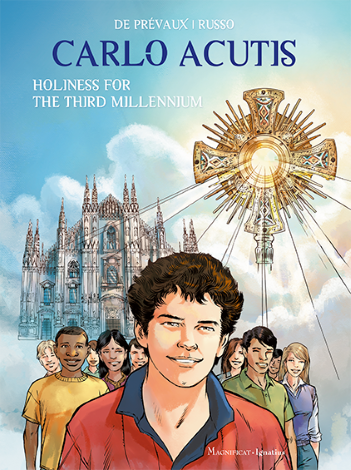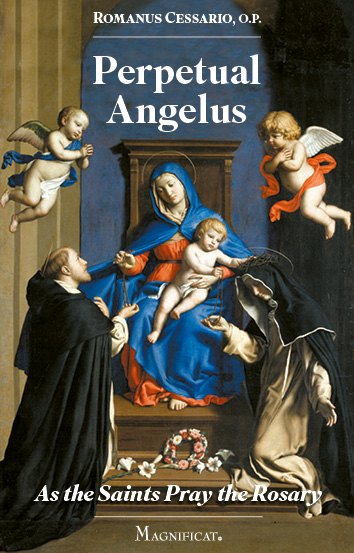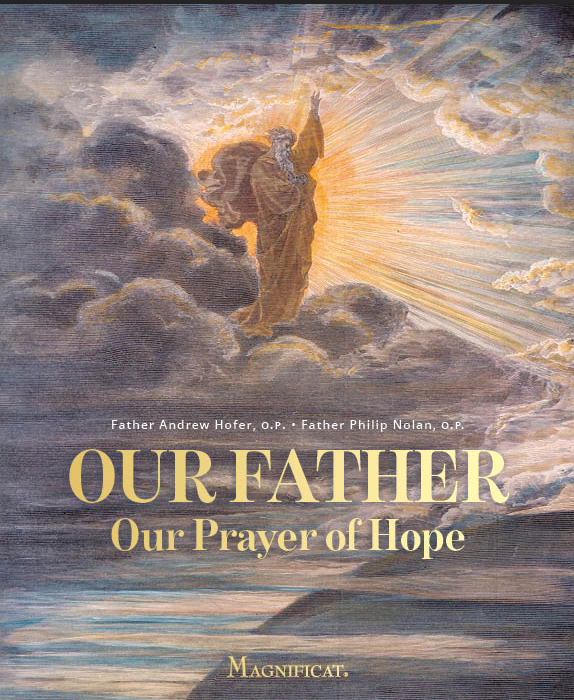The Forty-Seventh International Eucharistic Congress convened in Rome in June 2000, coinciding with the feast of Corpus Christi, which in Rome, as in so many other places, will be marked by the custom of a Eucharistic procession. The Jubilee Year celebration of this feast affords us with an opportune occasion to reflect upon the meaning of the procession that has been associated with it for seven hundred years.
Word made Flesh
When the earliest recorded Corpus Christi procession was instituted at Cologne, Germany, in the late 13th century, the concept of transferring the reserved Eucharist with ceremonial honor was already a long-established tradition. The Sacrament had been carried in festal processions in 7th-century Portugal and in the Holy Week rites of 10th-century Germany and 11th-century France and England. The Cologne procession went forth from the cathedral church of Saint Gereon out into the streets of the city: a practice that was to characterize Corpus Christi processions for centuries to come.
The carrying of the Eucharist out of the church into the streets is rich with meaning. It expresses in a powerful way the truth that the Word made Flesh has come to dwell among us (Jn 1:14), to be present in every element of our lives. The bringing of the Eucharist into the outside world on this special occasion is a reminder that the Lord wishes to be with and to sanctify his people in their everyday lives, in their work and family life—at all times.
Hence in 14th-century Essen (Germany) the Sacrament was carried beyond the town gates into the surrounding countryside, where the farmers’ fields were blessed. The movement of the procession out from the church likewise conveys the message that the ways of God must permeate the secular world.
Moreover there is to be seen in this going forth of the Blessed Sacrament in the company of the faithful the going forth of Christ and his disciples to bring the Gospel to the four corners of the earth. This aspect is well demonstrated in the rites of 17th-century Mainz (Germany), where the procession would stop at four stations along the way, at each of which Benediction would be given facing a different direction (east, south, west, north) following the reading of one of four Gospels. The blessing of the four directions is likewise an acknowledgment of the Lord’s dominion over all of creation.
Preparing Christ’s way
In the order to be followed by those joining in the Corpus Christi procession the participants precede the Eucharist carried by the priest: a visual manifestation that Christ’s disciples in imitation of Saint John the Baptist must prepare the way for him. In countries ranging from Austria to Latin America the way of the procession is festooned with cloth hangings and the streets strewn or even carpeted with flower petals, comparable to the palm branches and garments that the people of Jerusalem laid before the Lord as he entered the Holy City on Palm Sunday. The accompaniment of the Eucharist with lit candles as well as the use in many places of a monstrance in the form of a sunburst testify to Christ as the Light of the world. The canopy traditionally carried over the Sacrament betokens the Kingship of Christ, and the incense offered at each stopping point where Benediction is given along the route symbolizes the prayers of the faithful ascending to God. The return of the procession through the doors of the church brings to mind the words of Psalm 24, “Lift up your heads, O gates! and be lifted up, O ancient doors! that the King of glory may come in” (Ps 24:7).
Pilgrimage of faith
The participation of the faithful in the Corpus Christi procession moreover represents the pilgrimage of earthly life, a journey to eternity made in the company of Christ. The record of the 7th-century Eucharistic procession of Braga (Portugal) speaks of the carrying of the Sacrament as comparable to the carrying of the ark of the covenant among the people of Israel as they journeyed to the Promised Land. In his Corpus Christi homilies, St. John Paul II noted the pilgrimage symbolism of the feast day’s procession as well as the consideration that Christ in the Sacrament comes among his people in our time to preach silently all that he preached to the crowds that gathered about him in 1st-century Galilee and Judea. Finally, the joyful welcome accorded our Savior as his sacramental presence is borne among us anticipates the joy of his Parousia, when he will come again in glory.
The outdoor course of the Corpus Christi procession provides Catholics with a unique opportunity to bear public witness to their faith. It can and does win converts, as did Saint Damien de Veuster with the Corpus Christi procession he conducted among the lepers of Molokai. This annual procession should serve as a reminder to all of us that each and every time we receive our Lord in Holy Communion he charges us to bring him in our hearts out into the world, that he may draw all hearts to himself.
©Magnificat June 2000









